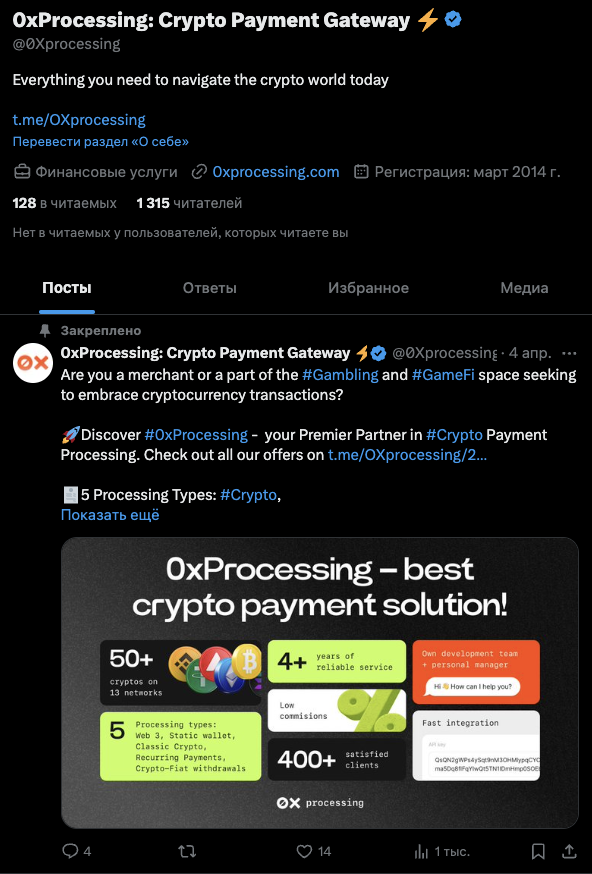
Transforming Transactions: The Future of Web3 Payment
The advent of blockchain technology has initiated a fundamental shift in the way we perceive and execute financial transactions. A notable development in this realm is the emergence of web3 payment https://0xprocessing.com/payments-for-business/web3-payment-gateway/ systems. These systems leverage decentralized protocols, offering unprecedented levels of freedom, transparency, and security for users globally. This article delves into the various aspects of Web3 payment, including its architecture, advantages, challenges, and future prospects.
Understanding Web3: The Next Evolution of the Internet
To fully appreciate Web3 payment, it’s essential to understand the underlying concept of Web3 itself. The term “Web3” signifies the third generation of the internet, characterized by decentralization and user empowerment. Unlike its predecessors, Web3 is designed to give users control over their data, digital identities, and online interactions. Blockchain technology acts as the backbone of this new web, enabling peer-to-peer interactions without the need for intermediaries like banks or payment processors.
The Mechanics of Web3 Payment
Web3 payment systems utilize smart contracts, which are self-executing contracts with the terms of the agreement directly written into code. This enables automatic execution of transactions when predefined conditions are met. Transactions on a blockchain are immutable, meaning once a transaction is confirmed, it cannot be altered or deleted. This feature significantly reduces fraud and increases trust among users.
Users can transact using cryptocurrencies, which serve as a medium of exchange. Cryptographic tokens facilitate value transfer securely and instantly, across borders without incurring hefty fees typical of traditional banking systems. Moreover, these payments can be made anonymously, enhancing user privacy.
Advantages of Web3 Payment Systems
The shift to Web3 payment systems comes with numerous benefits that can significantly alter how transactions are conducted and perceived:
- Decentralization: Users maintain full control over their funds and transactions, mitigating the risks associated with centralized financial institutions.
- Lower Transaction Fees: Web3 payment platforms typically have lower fees than traditional systems, allowing users to save money on transactions.
- Enhanced Security: The use of blockchain technology makes transactions highly secure, reducing the likelihood of fraud and hacking.
- Global Reach: Web3 payments can facilitate instant transactions across borders without the complications and delays associated with traditional systems.
- Transparency: All transactions are recorded on a public ledger, providing transparency and accountability in financial dealings.

Challenges Facing Web3 Payment Adoption
Despite its advantages, the transition to Web3 payment systems isn’t without challenges:
- Regulatory Uncertainty: Governments worldwide are still formulating regulations applicable to cryptocurrencies and blockchain technologies, which may impact the adoption of Web3 payment systems.
- User Education: A lack of understanding of how Web3 payments work can deter users from embracing these new technologies.
- Volatility: Cryptocurrencies are notoriously volatile, which can affect their utility as a stable medium of exchange.
- Scalability Issues: High transaction volumes strain current blockchain networks, leading to slow processing times and higher fees.
- Security Risks: While blockchain technology provides better security than traditional systems, vulnerabilities in smart contracts and user wallets can expose individuals to risks.
Real-World Applications of Web3 Payment
Various industries are beginning to explore Web3 payment solutions, exemplifying their versatility and potential. Below are some real-world applications:
- eCommerce: Online retailers are integrating Web3 payment systems to accommodate cryptocurrency transactions, providing customers with more payment options and reducing transaction fees.
- Gaming: The gaming industry is implementing Web3 payments to support in-game purchases and virtual assets, allowing players to trade and sell their items as NFTs (non-fungible tokens).
- Remittances: Companies are harnessing Web3 payment systems to facilitate cross-border remittances, enabling users to send money home at a fraction of the cost and time compared to conventional methods.
- Charity: Organizations are utilizing blockchain to enhance transparency in donations, ensuring that funds are tracked and allocated properly.
Looking Ahead: The Future of Web3 Payment
As we move forward, the landscape of Web3 payment is likely to evolve significantly. Ongoing developments in blockchain technology aim to address current challenges such as scalability and regulatory compliance. Layer 2 solutions and alternative consensus mechanisms are being tested to enhance transaction speeds and reduce costs.
Furthermore, increasing institutional interest in cryptocurrencies signifies a broader acceptance of digital assets. As more businesses integrate Web3 payment systems, we can anticipate a rapid shift towards decentralized finance (DeFi), fundamentally transforming global financial interactions.
Conclusion
In conclusion, Web3 payment systems represent a paradigm shift in financial transactions, characterized by decentralization, transparency, and greater user control. While challenges exist, the benefits are compelling, paving the way for a more inclusive financial ecosystem. As technology evolves and awareness grows, the widespread adoption of Web3 payment systems seems inevitable, heralding a new era in the world of finance.
